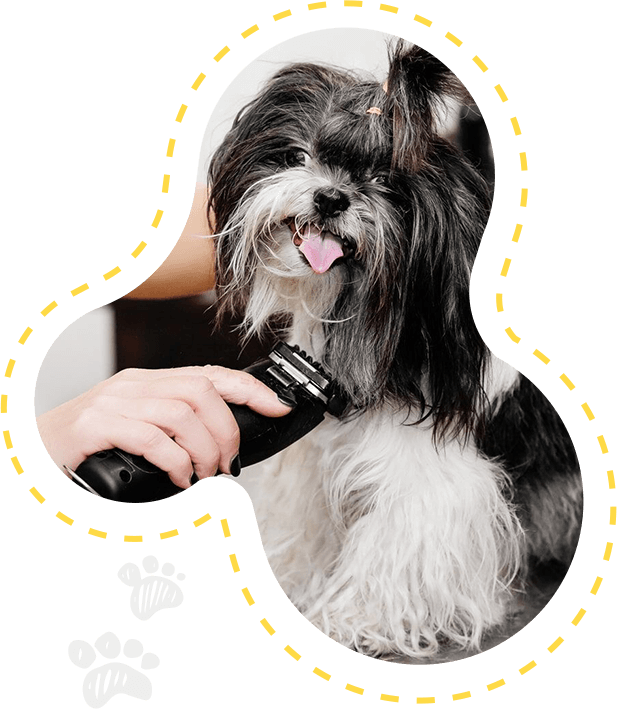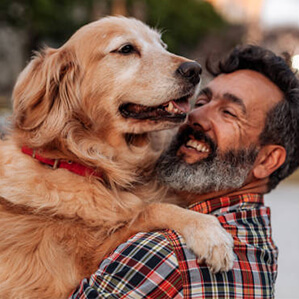Pet First Trained
When people think of first aid, they often do not think about their pets. Pets have accidents the same as humans and knowing what to do should the worst happen is a simple thing to learn with basic training. Pet first aid is not aimed to replace veterinary care but it will help you to recognise an emergency, calm your pet and reduce the risks of delayed treatment. Learning pet first aid is fun and informative and will give you the skills to deal with a pet emergency should it arise. This course can be taken as a classroom course nationally with an approved and monitored ProTrainings instructor or it can be taken online using video-based learning.
More Information
Regular Veterinary Check-ups: Schedule regular visits to the veterinarian for vaccinations, health check-ups, and preventive care. Early detection of health issues can lead to better treatment outcomes.
Proper Nutrition: Feed your pet a balanced and species-appropriate diet. Different animals have specific dietary requirements, so it’s essential to provide them with the right kind of food.
Hydration: Always ensure your pet has access to clean and fresh water. Dehydration can lead to serious health problems.
Exercise and Play: Regular exercise and playtime are crucial for your pet’s physical and mental well-being. Dogs, for example, need daily walks and play sessions.
Grooming: Regular grooming helps maintain your pet’s coat and skin health. It also provides an opportunity to check for any signs of skin issues, ticks, or fleas.
Pet-Proof Your Home: Create a safe environment for your pet by removing potential hazards. Keep toxic substances, small objects, and dangerous plants out of their reach.
Socialization: Socialize your pet with other animals and people to ensure they are well-adjusted and friendly.
Training: Training your pet helps establish good behavior and strengthens your bond with them. Positive reinforcement is a gentle and effective method for training.
Proper Rest: Allow your pet to have enough undisturbed rest and sleep.
Identification and Microchipping: Ensure your pet wears a collar with ID tags containing your contact information. Consider getting your pet microchipped for added security.
Parasite Control: Keep your pet protected from fleas, ticks, and worms by using appropriate preventive measures prescribed by your veterinarian.
Love and Attention: Spend quality time with your pet, show them affection, and provide mental stimulation through interactive toys and puzzles.
Temperature Control: Extreme temperatures can be harmful to pets. Make sure they are comfortable in hot summers and warm during cold winters.
Travel Safety: When traveling with your pet, secure them in a well-ventilated crate or carrier, and never leave them alone in a parked vehicle.
Monitor for Signs of Illness: Keep an eye out for any changes in behavior, appetite, or physical appearance that may indicate an underlying health issue.
If you opt for professional grooming services, do your research and choose a reputable groomer who has experience, positive reviews, and demonstrates a caring approach to pets. Be cautious of extreme temperatures when grooming. Avoid leaving pets in hot areas or exposing them to cold drafts during or after baths. Praise and reward your pet for good behavior during grooming. Positive reinforcement can help make the experience more enjoyable for them. Adjust grooming routines based on the season. For example, in warmer months, consider shorter haircuts to keep pets cool, and in colder months, ensure their coats are well-insulated.
What We Provide
Teeth Brushing
Paw Pad Moisturizing
Nail Buffing
Pet Nail Color
Blueberry Facial
Oatmeal Bath
Pet Hair Cut
Pet Hair Color
Register your pet with us and Get 5% off their next order

We are your local dog home boarding service giving you complete





